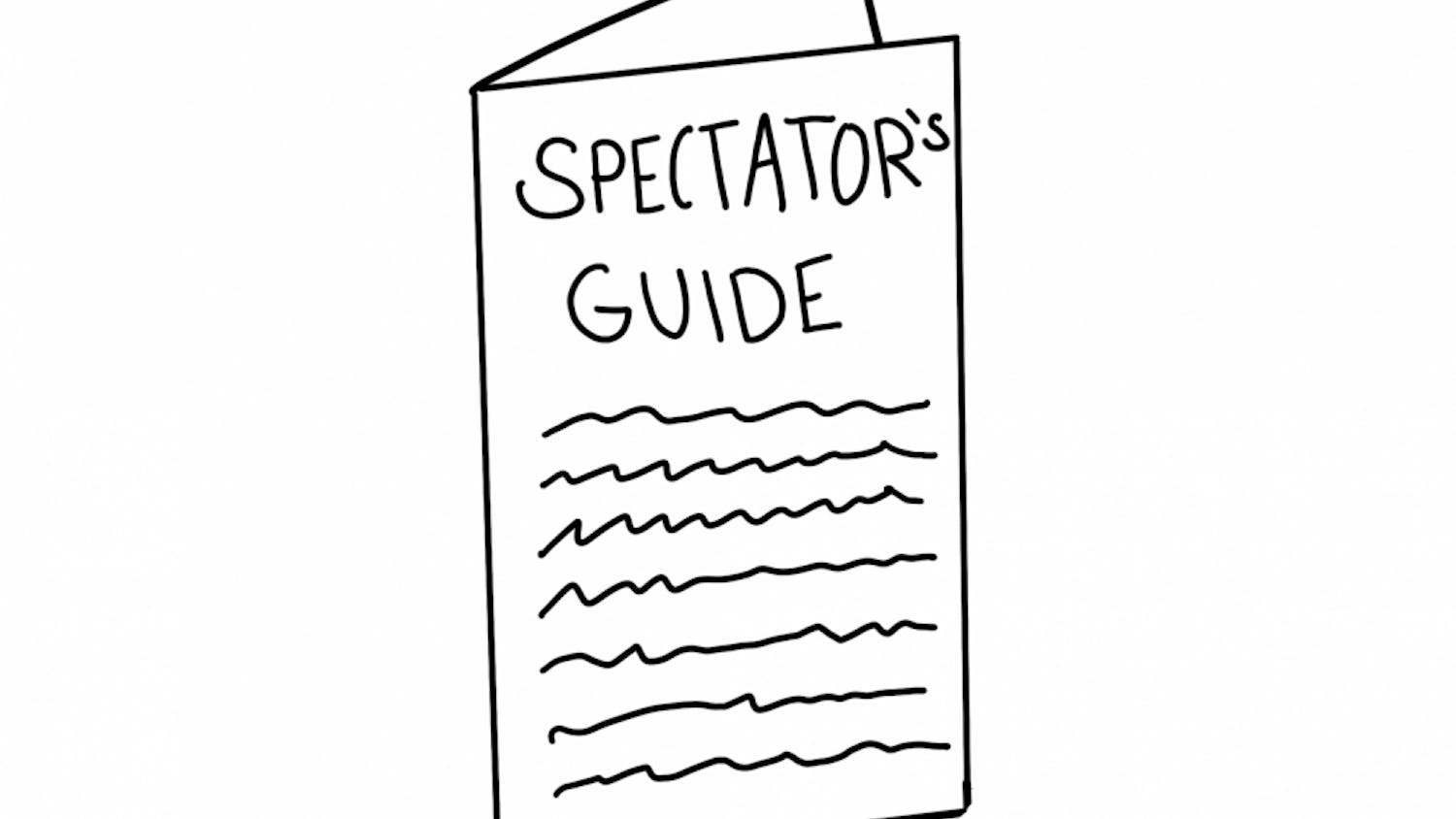The Transparency and Accountability section of the Action Plan (Section V) was designed to assess and communicate progress towards strategic goals and ensure responsible parties complete them. The section also commits to ongoing assessment and planning to ensure the mission behind DEI continues into the future.
Section V aims to create intentionality behind the work and enable the completion of tangible progress and goals rather than merely written promises, according to Director of Education for Equity and Inclusion Renee Wells. Of the 13 strategies in this section, two have been completed, seven are underway and four have not yet started due to a later timeline.
The section differs from the rest of the plan due to the greater variety amongst the strategies. Many of the strategies are based on sharing progress and data, while others introduce key initiatives and projects to the college. This has made the Transparency and Accountability section more challenging to work on, according to Miguel Fernández.
“The thing about this kind of work is that if there's no intentionality around being accountable and no process for being held accountable, it's really easy for stuff to just not get done,” Wells said. “So we're saying to ourselves that we need to be accountable for doing this work, but we're also saying to the community we need you to hold us accountable for doing this work. We're going to try to be as transparent in an ongoing way about where we're at, so that we don't just issue a plan and then assume that everything is magically happening, because that rarely is the case.”
Communication with the college community is a central theme in the Transparency and Accountability section, and the opening strategy of the section commits to developing a communication plan to “ensure the centrality of diversity, equity and inclusion to Middlebury’s mission is clear and messaged both consistently and effectively.”
“The communications plan to be developed will take into account the needs and voices of all Middlebury stakeholders and include all means of connection—letters to the community, podcasts, news and magazine stories, social media, press outreach, and more” David Gibson, vice president for communications, said.
Four of the strategies in the section propose a timeline for the 2020-2021 school year, most of which are still currently in the works.
Strategy #4 of the plan, one of the four of the 2020-2021 strategies, aims to create and maintain a dashboard that tracks progress towards institutional DEI goals and anti-racist initiatives. The Office of Institutional Diversity Equity and Inclusion (OIDEI), however, has had difficulty trying to create a proper model for the website, and a dashboard has not yet been made available to the community.
“We have found that a dashboard is very hard to create when you don’t have numbers, this work is qualitative and not quantitative ...we have work to do in that area; we’re trying to improve our communication,” Fernández said.
OIDEI has a mock-up for the dashboard and is working with Information Technology Services and the SGA Innovation and Technology committee to complete the project.
While OIDEI works towards a way to properly present this material, Fernández has started a monthly update sharing information addressing aspects of the plan. These alternative forms of communication have included newsletters via email and webinars with students, alumni, parents and faculty. Both Fernández and Wells noted the importance of the dashboard in regards to creating transparency and accountability and hope it can be up and running soon.
Two other 2020-2021 strategies include the creation of the Anti-Racist Taskforce (Strategy #7) and a DEI committee within the Board of Trustees (Strategy #8), both of which have been formed and are ongoing initiatives.
The Anti-Racist Taskforce was created last fall and meets twice per month with a consistent group of 18 members comprised of faculty, staff and students. The force is divided into three working groups: funding transformative projects, launching an Anti-Racist learning hub in the Davis Library and creating a community dialogic standard. The task-force also facilitates monthly Story Circles, which seeks to understand the school’s collective history through sharing personal stories.
“The Anti-Racist Task Force is interested in creating pathways towards anti-racism by educating and empowering individuals to evaluate their dependance on racist principles and ideologies,” Associate Professor of Dance Christal Brown, who heads the task force, said. “By creating personal accountability and relational understanding, we believe sustainable institutional change is possible; being accountable to one another is the first step.”
In addressing strategy #8, the Board of Trustees voted to create a DEI subcommittee last October which reports to the Strategy Committee within the Board. The group had their first meeting as a subcommittee last January and plan on having more meetings to best identify ways the Board can align with and support efforts outlined in the DEI action plan. The fourth and final strategy for the 2020-2021 school year involves collecting and reporting out aggregate data on the diversity of students, staff and faculty. This data, however, will not be collected until the end of the academic year, according to Fernández
A majority of the remaining plans have a later timeline, so many initiatives have not yet been implemented. This includes providing an annual State of Diversity, Equity and Inclusion address starting in the 2021-2022 school year (Strategy #5), hiring an external consulting firm to conduct campus climate studies (Strategy #9), and integrating inclusive excellence goals and benchmarks into the evaluation of senior academic and administrative leaders (Strategy #13). Other strategies, however, are in the early stages of progress and are more difficult to concretely track.
Strategy #12, for instance, aims to “support unit-level efforts to identify and implement DEI goals and strategies relevant to individual departments, units, programs or offices.” Although it is more difficult to track the progress on strategies such as these, OIDEI is giving time for different departments to lay out their DEI goals.
“I'm working with different departments and currently that's more of them reaching out proactively versus me reaching out to every department on campus. A lot of folks have been really trying to think about and identify what this support looks like in their respective units,” Wells said, in reference to Strategy #12. “Some of those are academic units, some of those are student affairs and student life units. So some of that work is already starting to happen.”
Wells and Fernández both hope these goals within the Transparency and Accountability section will help create ongoing conversation and responsibility in the school’s commitment to diversity, equity and inclusion that goes beyond just numbers.
“Diversity is about numbers and bringing people in, but the real work is in equity and inclusion,” Fernández said. “You can bring in all the people you want, and if they don't feel that they are a part of this community or a sense of belonging then what have you really achieved? You haven't achieved much right? And so the hard work as far as I'm concerned is that equity and inclusion.”

Roya Touran '23.5 is a news editor.



